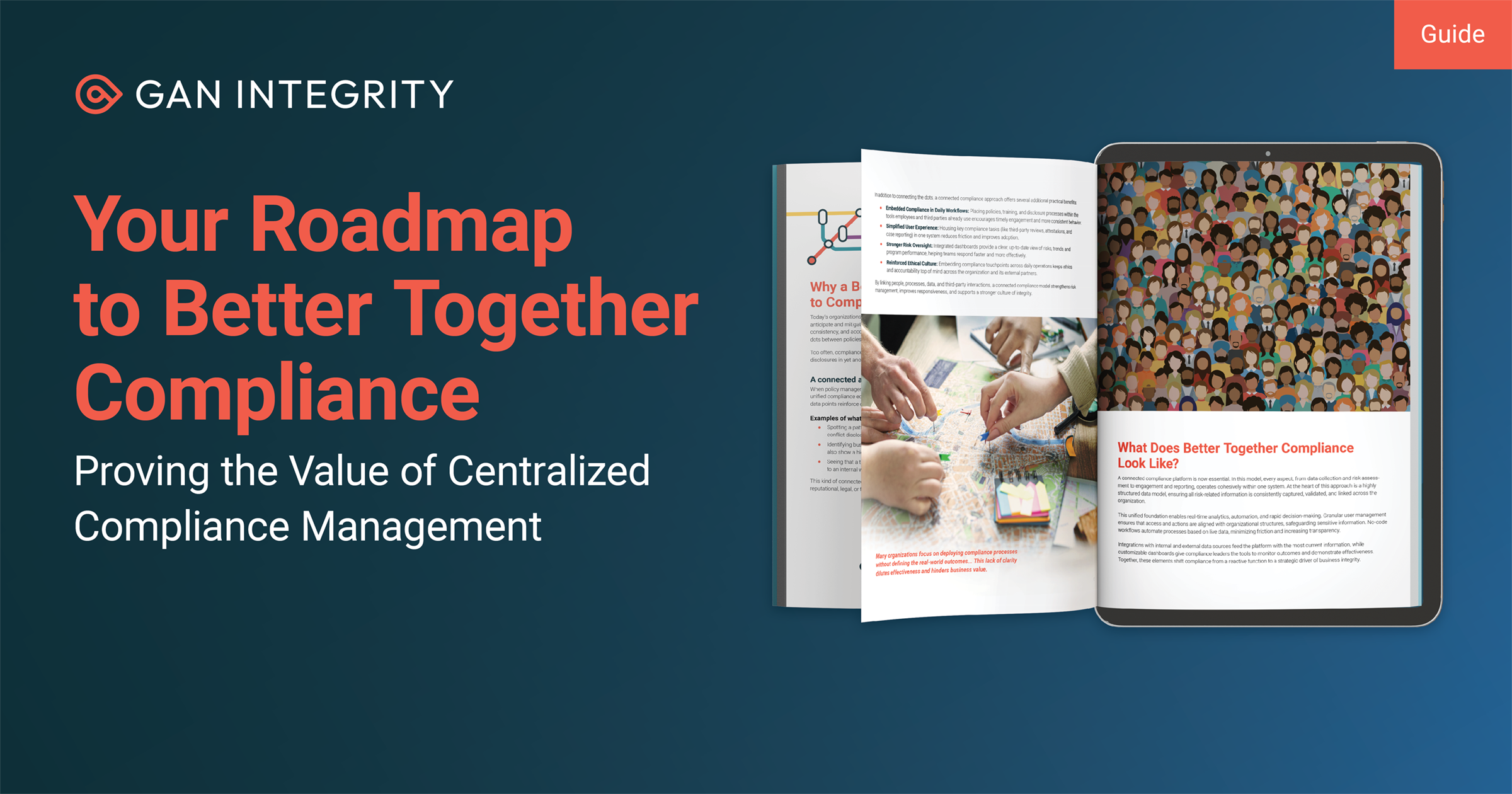Compliance training plans are the lifeblood of an effective corporate compliance plan, and the same logic that lies behind the success of a compliance program applies for training: Successful compliance training plans must match the risk a company has to employees and third parties. It should clearly communicate the policies governing that risk and provide employees with the appropriate tools to avoid it. Seems simple, but building a training program that can achieve these goals in the real world is far more complicated.
Your compliance training plan should spring from an assessment of the type and level of risk your target audience contend with. Employees dealing with high-risk operations should receive training tailored to their needs and learn about appropriate procedure to manage these risks, they may even be required to take more frequent training than others in the company. And just as it is important to develop company policies and procedures to reflect a high standard of ethics, designing innovative and creative training to translate these policies into behavior is crucial.
- Your training program must fit employee’s working environment: Ensure that your training program is accessible and understandable, whether it be provided in the local language or through different devices.
- Your training program should be engaging: Think out of the box, and move away from the typical ‘check the box’ exercises to capture your employees and motivate them to not only take the training, but to adopt the messages communicated in the program.
- Administer your training program: To guarantee successful implementation of your training program will have to account for which training is delivered to which audience and how often.
- Measure the impact of your training: Integrate concrete means by which you can track the impact of your training program, such as whistleblowing lines.
Strategic alliance for successful implementation
Even if you are tempted, rolling out a compliance training program is not a one-man-job. Successfully deploying your training program certainly depends on how well you, as a compliance officer, cooperate with other stakeholders in the process. For instance, allying with the human resources department will prove valuable in ensuring the proper administration of the training program. Senior management buy-in will ensure credible ambassadors to your program, while independent audits can provide you with concrete assessments of the effectiveness of your training.
Assess the impact of your training
There may be many ways to measure whether your training program has served its purpose. One solid proof is a high turnout of internal whistleblowers. Some would perhaps shake their heads at the rising number of reports of misconduct, but remember that this indicates heightened awareness amongst employees and the accessibility of the reporting tools. More importantly, it allows the compliance department to effectively and rapidly address cases and avoid potential violations before authorities come knocking at the door. Over a longer period, another outcome might be curtailing the number of high-risk third parties working on your company’s behalf, if they fail to complete required training or refuse to follow proper policies.
If embroiled in a corruption investigation, however a company might try to answer questions, without training, any explanation will be inadequate. Compliance officers want to be able to quickly show investigators a track record of their training program. That’s why the quest to build an effective training program is so important to compliance officers.

